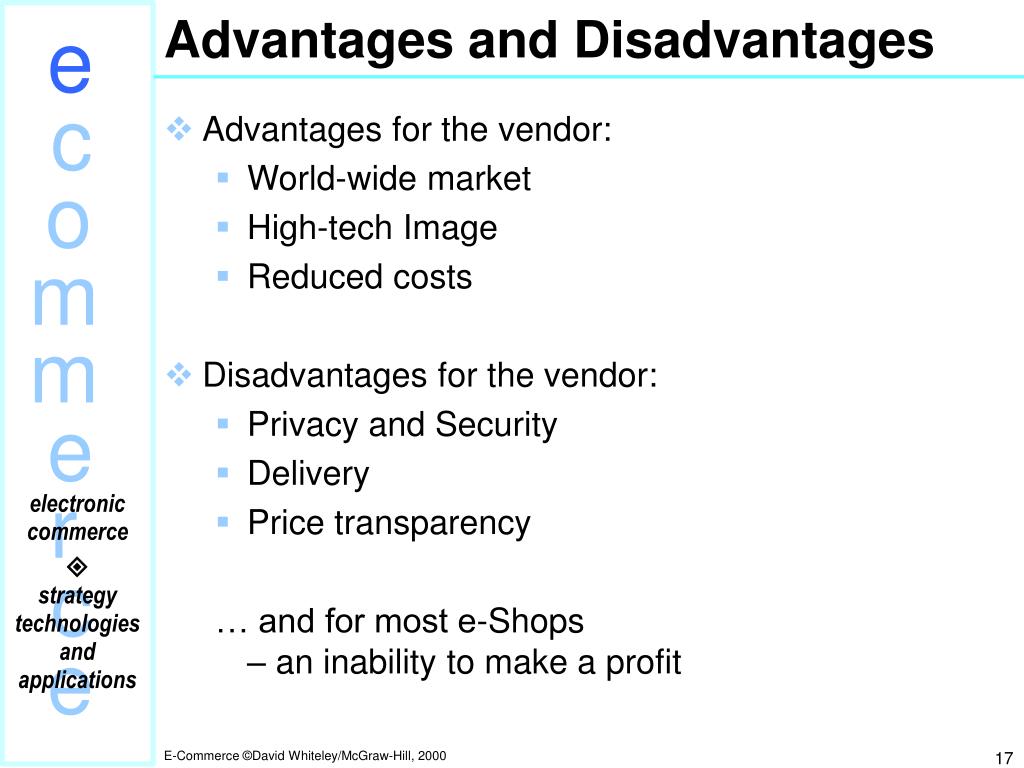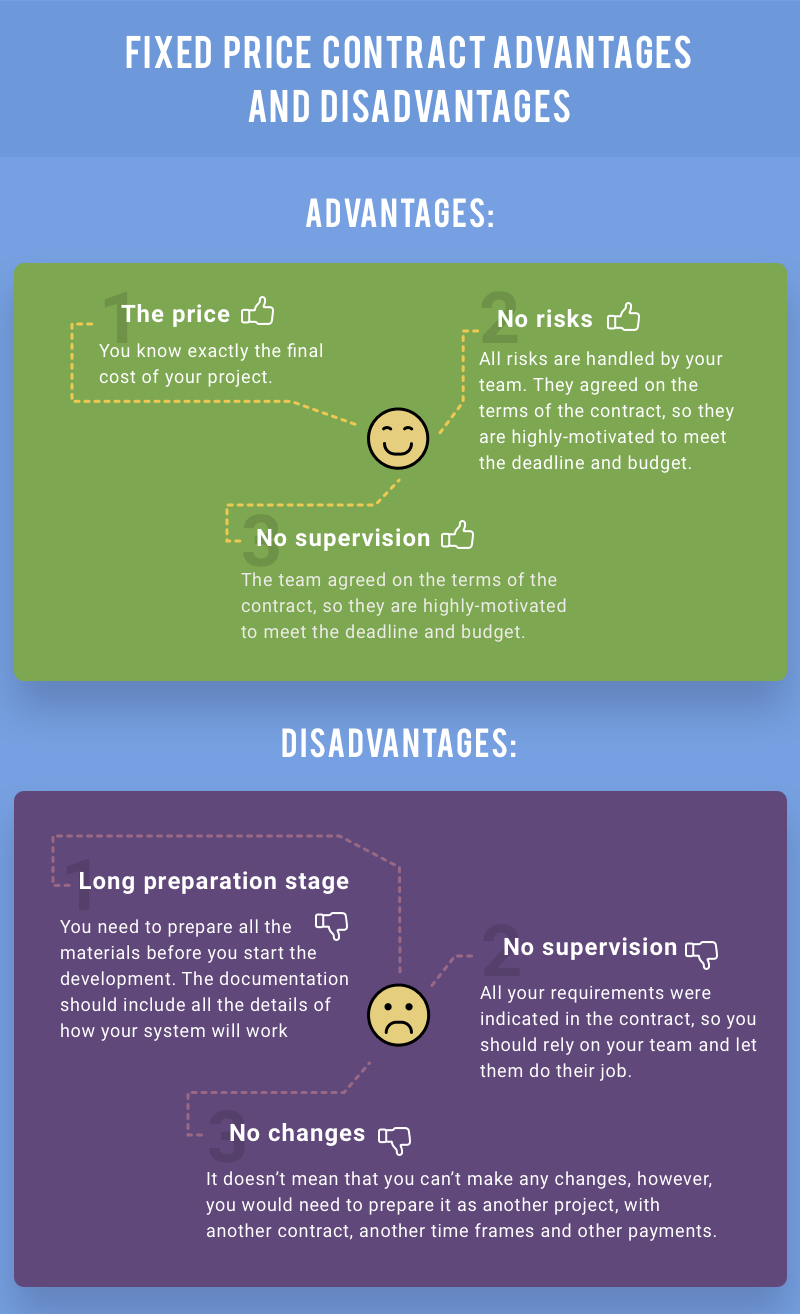

The Role of Data and Algorithms in Dynamic Pricing Additionally, frequent changes in prices can be confusing for customers, making it difficult to compare prices from different retailers. However, dynamic pricing can also result in higher prices for some customers, which can be seen as unfair. Additionally, dynamic pricing can result in lower prices for some customers if they purchase products during periods of low demand. On the one hand, it can benefit consumers by ensuring that products are always available and reducing stockouts. How Dynamic Pricing Affects the Consumer Experienceįrom a consumer standpoint, dynamic pricing can be both positive and negative. It requires a lot of data and algorithms to be able to adjust prices effectively, which can be challenging for small businesses or those with limited resources. This can lead to ethical concerns and a negative impact on a company’s reputation.Īnother challenge with dynamic pricing is that it can be difficult to implement and manage. One of the biggest concerns is that it can create price discrimination, where certain customers are charged higher prices than others. However, there are also some disadvantages to dynamic pricing.

In addition, dynamic pricing can improve customer experience by preventing stockouts and ensuring that products are always available. The primary advantage of dynamic pricing is that it allows businesses to adjust their prices based on market demand, increasing revenue and profitability. The Advantages and Disadvantages of Dynamic Pricing Dynamic pricing allows businesses to optimize their pricing strategy in real-time, maximizing revenue and minimizing stockouts. For example, if a particular product is in high demand, the price of that product will increase, and if demand decreases, the price will decrease accordingly. The idea behind dynamic pricing is to maximize revenue by adjusting prices to match supply and demand. This pricing strategy is often used by e-commerce businesses, airlines, hotels, and other industries where prices can change frequently based on various factors. The Basic Concept of Dynamic PricingĪt its core, dynamic pricing is a strategy used by companies to adjust their prices in real-time based on market demand or other external factors. In this article, we will explore what dynamic pricing is, how it works, and its potential impact on businesses and consumers. Dynamic pricing is a pricing strategy that has gained popularity in recent years due to its ability to adjust prices in real-time based on market demand, competitor pricing, and other factors.


 0 kommentar(er)
0 kommentar(er)
